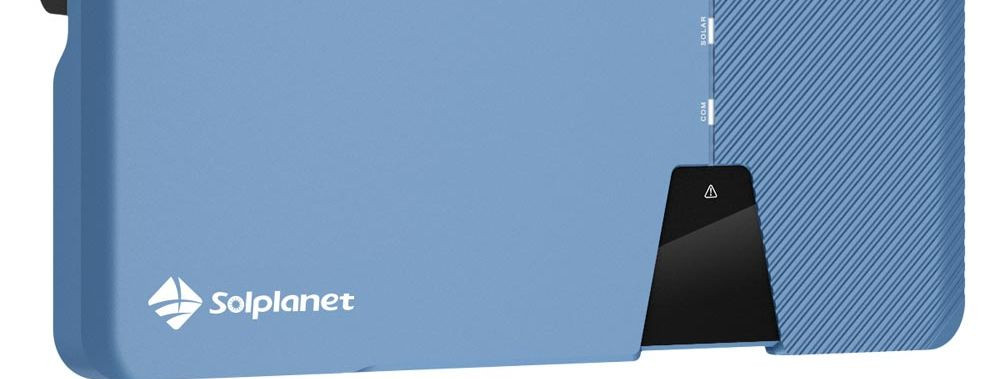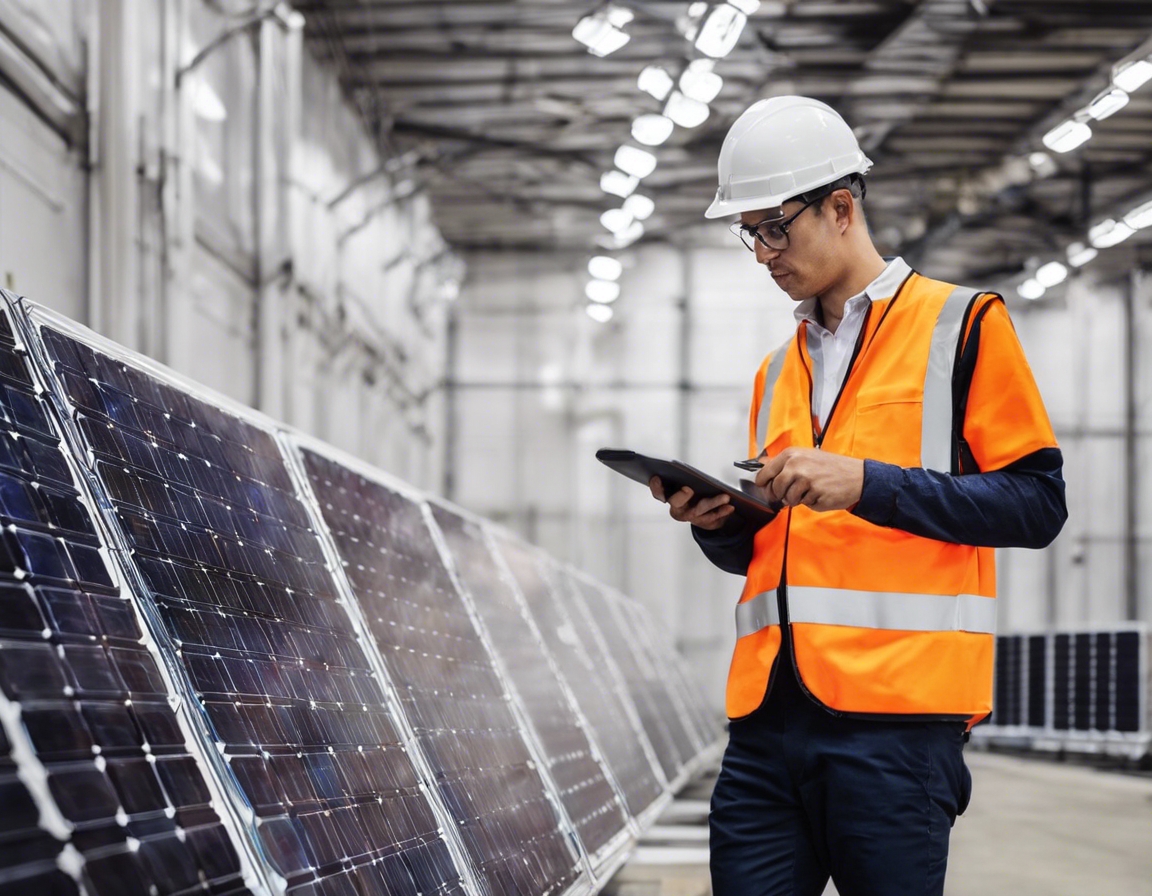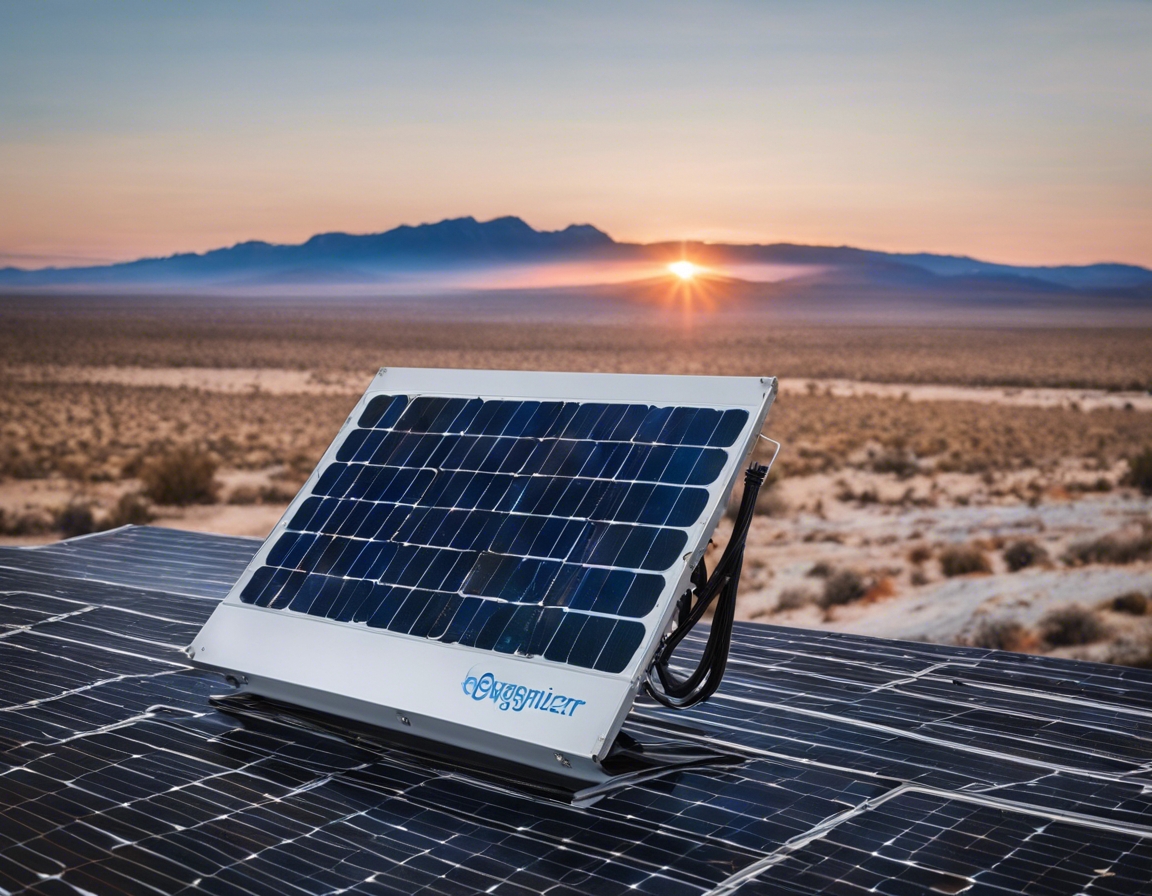Maximizing solar efficiency with microinverters and optimizers
As the world increasingly turns to renewable energy sources, solar power stands out as a clean, inexhaustible, and increasingly affordable option. For environmentally conscious homeowners, tech-savvy individuals, and small to medium-sized businesses, maximizing the efficiency of solar installations is not just a matter of economic benefit, but also an essential step towards achieving energy security and reducing their carbon footprint.
Despite the advantages of solar energy, several challenges impede the maximization of solar efficiency. These include the variability of solar irradiance, shading issues, the angle of solar panels, and the inherent electrical characteristics of solar cells. Overcoming these challenges is crucial for our target audience who reside in areas with frequent power disruptions or high electricity costs.
Understanding Microinverters
Microinverters are compact devices that are attached to the back of each solar panel in a photovoltaic (PV) system. Unlike traditional string inverters that manage the output of multiple panels, microinverters convert the direct current (DC) produced by a single solar panel into alternating current (AC) right at the source.
Microinverters offer several benefits over traditional string inverters. They enhance energy production, provide real-time monitoring of each panel's performance, and reduce the impact of shading or panel degradation on the overall system's output. This individualized approach to energy conversion can significantly increase the efficiency and reliability of solar installations.
By operating independently, microinverters ensure that the performance of one panel does not affect the rest of the system. This is particularly beneficial in situations where panels are subject to different shading conditions throughout the day. Additionally, microinverters can optimize the energy output of each panel, leading to a more consistent and higher overall energy yield.
Exploring Solar Optimizers
Solar optimizers, also known as power optimizers, are module-level power electronics (MLPE) that work in conjunction with string inverters. They are installed on each panel to maximize the energy output by performing maximum power point tracking (MPPT) at the module level.
Solar optimizers bring many of the benefits of microinverters, such as enhanced performance in shaded conditions and the ability to monitor individual panel performance. They also allow for greater design flexibility in the solar array and can lead to a more cost-effective solution when paired with a string inverter.
Optimizers adjust the voltage and current of each solar panel to ensure that the string inverter operates at its optimal efficiency. This results in an overall increase in energy production, especially in systems with panels facing different directions or experiencing variable shading.
Combining Microinverters and Optimizers
While microinverters and optimizers serve similar functions, they are not typically used together in the same system. However, understanding both technologies allows homeowners and businesses to make informed decisions about which solution best fits their specific needs and site conditions.
Deciding between microinverters and optimizers depends on several factors, including the complexity of the roof, shading patterns, and budget considerations. A thorough evaluation of these factors can guide the selection of the most appropriate technology to maximize solar efficiency.
Installation and Maintenance Considerations
For optimal performance and safety, it is crucial to have microinverters and optimizers professionally installed by certified technicians. REVAL ENERGY OÜ specializes in the installation of advanced solar technologies, ensuring that systems are set up to deliver maximum efficiency and reliability.
While both microinverters and optimizers are designed to be low-maintenance, regular check-ups and monitoring can help maintain peak performance. REVAL ENERGY OÜ provides comprehensive maintenance services to keep solar systems running smoothly and efficiently.






Comments (0)